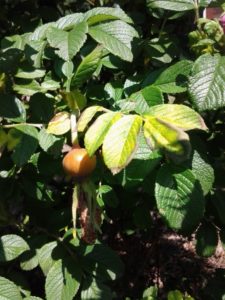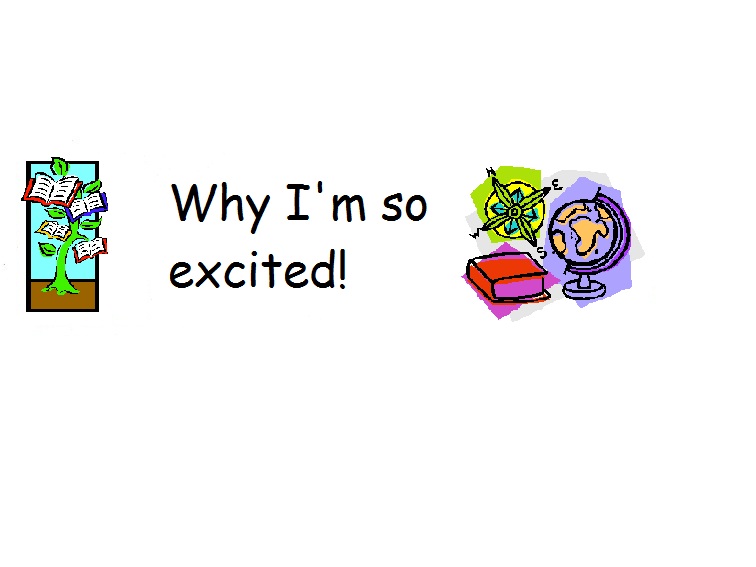 Imagine sitting underneath an apple tree, with the limbs and all the green hanging down all around you. Imagine finding a wonderful limb that you could sit on, pretending to go galloping up a mountain and reaching the very top. Or, perhaps you would like to imagine bringing out your dolls and sitting inside your house of limbs with all sorts of interesting shaped rooms.
Imagine sitting underneath an apple tree, with the limbs and all the green hanging down all around you. Imagine finding a wonderful limb that you could sit on, pretending to go galloping up a mountain and reaching the very top. Or, perhaps you would like to imagine bringing out your dolls and sitting inside your house of limbs with all sorts of interesting shaped rooms.
We never had apple trees when I was growing up. I never went to an apple orchard until shortly after I got married, and then it was only once. I have visited an orchard a few times over the last few years, but never had the luxury to sit underneath one. However, I can imagine how it would be to be a little smaller and enjoying the shade of the trees. I think the next time I go apple picking I will sit down underneath one of the trees and just imagine…
Why is it that I can imagine something that I have never done? It is easy if you have a living book to read from. A living book is a book that is written by a person who is extremely knowledgeable in the topic. Normally these authors love the topic they are writing about and it shows in their writing. The nice thing about AO is that they use living books. I do not know about you, but I have always found textbooks to be very dry and hard to learn from usually. With living books, I learn.
It is easy to learn when the author writes as though they are talking directly to you, in person. I read to my boys (all 5 of them tonight!) about the orchard. We learned that the apple blossom blooms only in May, and learned to wonder how an apple could come from those blossoms, after all, not everyone wonders but it is good to wonder. We learned that the apple blossom has 5 petals and in the center it looks like there are pins in a mini pin cushion! There is what looks like dust on the head of the “pins” and so we are calling them dust boxes right now, until the author tells us the real name. 🙂 Did you know if you took off the petals, you will be left with 5 green “leaves” and little pins with no dust boxes on them! After the petals fall from the flower, a knob grows on the other side, and that, my readers, is the beginning of an apple!
 Now, reading from a living book is wonderful, but it is no match for seeing it in person. We do not have an apple tree in our yard, and since it is July, we would not have any blossoms on it anyways. However, we do have rose bushes. What do rose bushes and apple trees have in common? (Well, I read ahead so I know!) Let me tell you what I did after supper. I took all the boys out to our rose bushes (the one we went to is an Alberta Rose bush variety. Now are you getting the idea?) Our roses have just finished flowering and the flowers are in the process of falling off. Yes, the blossoms look similar. We did not see the dust boxes on these roses for the flowers were shriveling up to die, but perhaps I’ll still find a flower in bloom tomorrow if I look on one of the other plants. I did take my youngest over to the lilies that were blooming and see the dust boxes on them. I even got him to use just one finger to touch the pin heads instead of pinching them with finger and thumb. We both loved looking at the yellow dust on our fingers!
Now, reading from a living book is wonderful, but it is no match for seeing it in person. We do not have an apple tree in our yard, and since it is July, we would not have any blossoms on it anyways. However, we do have rose bushes. What do rose bushes and apple trees have in common? (Well, I read ahead so I know!) Let me tell you what I did after supper. I took all the boys out to our rose bushes (the one we went to is an Alberta Rose bush variety. Now are you getting the idea?) Our roses have just finished flowering and the flowers are in the process of falling off. Yes, the blossoms look similar. We did not see the dust boxes on these roses for the flowers were shriveling up to die, but perhaps I’ll still find a flower in bloom tomorrow if I look on one of the other plants. I did take my youngest over to the lilies that were blooming and see the dust boxes on them. I even got him to use just one finger to touch the pin heads instead of pinching them with finger and thumb. We both loved looking at the yellow dust on our fingers!
 We each had the thrill of pulling off the petals and seeing the 5 “leaves” and the pins with no dust boxes. Now, we looked underneath the flower, and voila! There we saw the knob! Looking further around the bush shows knobs that were ripe and ready to pick and eat. Wow! It is amazing how much the rose bush and the apple tree have in common. The nice thing about the rose bush is that we were able to see all facets of the plant growing at the same time, unlike the apple tree. (By the way, the rose fruit is called Rose Hip and is edible!)
We each had the thrill of pulling off the petals and seeing the 5 “leaves” and the pins with no dust boxes. Now, we looked underneath the flower, and voila! There we saw the knob! Looking further around the bush shows knobs that were ripe and ready to pick and eat. Wow! It is amazing how much the rose bush and the apple tree have in common. The nice thing about the rose bush is that we were able to see all facets of the plant growing at the same time, unlike the apple tree. (By the way, the rose fruit is called Rose Hip and is edible!)
We were very lucky today. We cannot always finish a nice learning with actual testing of the reading, and I took full advantage of it. Sometimes we can do part testing – for example, I first took my youngest to the lilies and that would have been wonderful in itself without being able to see the rest that we were talking about.
I believe it is very important that children – and adults alike – get to make these wonderful connections. It brings all the things we learn to life and ingrains it inside of us – just like when we took the boys to see handmade replicas of Columbus’ two ships the Nina and the Pinta this past weekend!
The awe and warm fuzzy feeling that even I felt tonight as I went and picked the petals and saw the inside with the pins with no dust boxes is something I will most likely remember. Even though this was a rose bush, I remember seeing pictures of apple blossoms and it was just as wonderful with the rose bush as if it was an apple tree. If I am ever able to visit a blooming apple tree, you will be certain that I will put my finger gently on the pins with the dust boxes!



